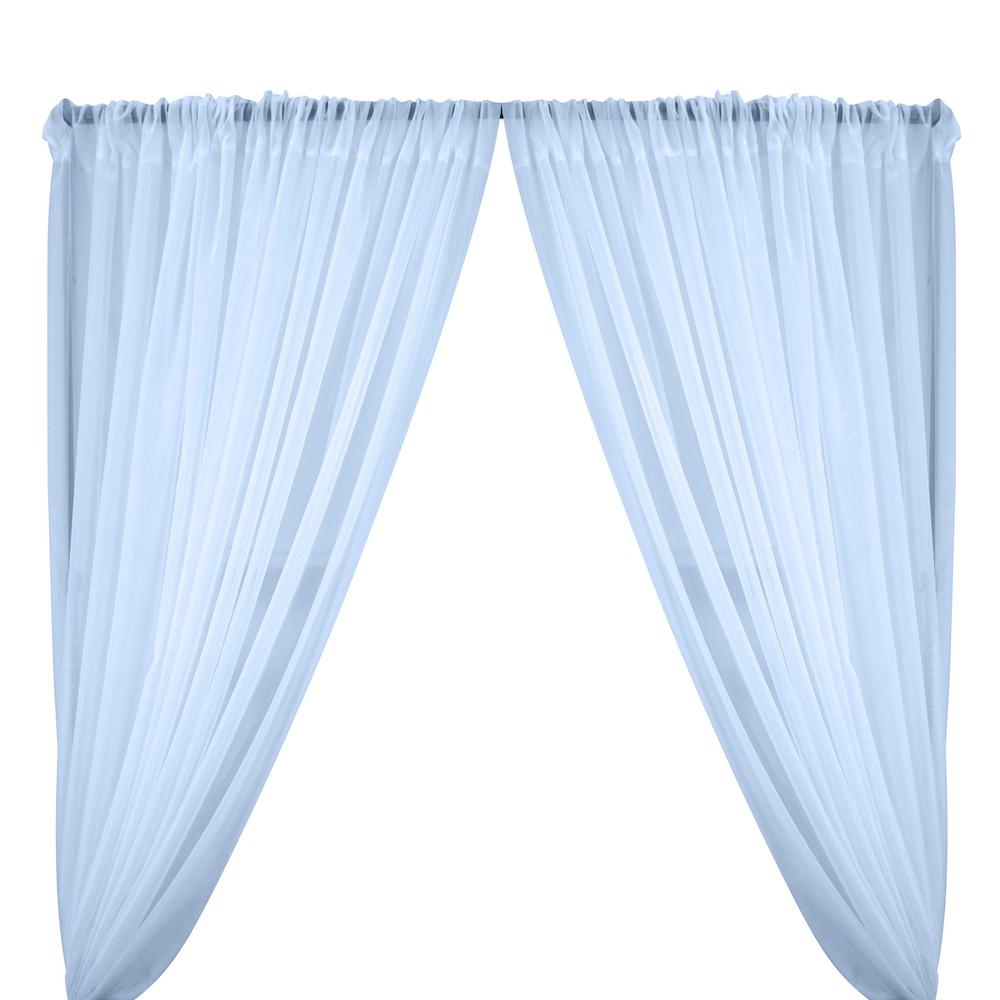

The aurora can be seen best at this time, which is called magnetic midnight.Īuroras seen within the auroral oval may be directly overhead, but from farther away, they illuminate the poleward horizon as a greenish glow, or sometimes a faint red, as if the Sun were rising from an unusual direction. The instantaneous distribution of auroras ("auroral oval") is slightly different, being centered about 3–5° nightward of the magnetic pole, so that auroral arcs reach furthest toward the equator when the magnetic pole in question is in between the observer and the Sun. On rare occasions the aurora borealis can be seen as far south as the Mediterranean and the southern states of the US.Ī geomagnetic storm causes the auroral ovals (north and south) to expand, bringing the aurora to lower latitudes. The aurora borealis is visible from areas around the Arctic such as Alaska, the Canadian Territories, Iceland, Greenland, Norway, Sweden, Finland, Scotland and Siberia. The aurora australis is visible from high southern latitudes in Antarctica, Chile, Argentina, South Africa, New Zealand and Australia.

The southern counterpart, the aurora australis or the southern lights, has features almost identical to the aurora borealis and changes simultaneously with changes in the northern auroral zone. The former term was coined by Galileo in 1619, from the Roman goddess of the dawn and the Greek name for the north wind. In northern latitudes, the effect is known as the aurora borealis or the northern lights. Elias Loomis (1860), and later Hermann Fritz (1881) and Sophus Tromholt (1881) in more detail, established that the aurora appeared mainly in the auroral zone. Early evidence for a geomagnetic connection comes from the statistics of auroral observations. A region that currently displays an aurora is called the "auroral oval", a band displaced by the solar wind towards the night side of Earth. Most auroras occur in a band known as the "auroral zone", which is typically 3° to 6° wide in latitude and between 10° and 20° from the geomagnetic poles at all local times (or longitudes), most clearly seen at night against a dark sky. Next the mesosphere (pink area) extends to just below the edge of space at one hundred kilometers and the pink line of airglow of the lower thermosphere (dark), which hosts green and red aurorae over several hundred kilometers.

From the bottom, afterglow illuminates the troposphere in orange with silhouettes of clouds, and the stratosphere in white and blue. The words " borealis" and " australis" are derived from the names of the ancient gods of the north wind ( Boreas) and the south wind ( Auster) in Greek mythology.Įarth's atmosphere as it appears from space, as bands of different colours at the horizon. Ancient Greek poets used the corresponding name Eos metaphorically to refer to dawn, often mentioning its play of colors across the otherwise dark sky ( e.g., "rosy-fingered dawn"). The word " aurora" is derived from the name of the Roman goddess of the dawn, Aurora, who travelled from east to west announcing the coming of the sun. Most of the planets in the Solar System, some natural satellites, brown dwarfs, and even comets also host auroras. The form of the aurora, occurring within bands around both polar regions, is also dependent on the amount of acceleration imparted to the precipitating particles. The resulting ionization and excitation of atmospheric constituents emit light of varying colour and complexity. These particles, mainly electrons and protons, precipitate into the upper atmosphere ( thermosphere/ exosphere). These disturbances alter the trajectories of charged particles in the magnetospheric plasma. Major disturbances result from enhancements in the speed of the solar wind from coronal holes and coronal mass ejections.

Īuroras are the result of disturbances in the magnetosphere caused by the solar wind. Auroras display dynamic patterns of brilliant lights that appear as curtains, rays, spirals, or dynamic flickers covering the entire sky. Aurora australis seen from the ISS, 2017 Īn aurora ( PL: auroras or aurorae), Īlso commonly known as polar lights, northern lights, or southern lights, is a natural light display in Earth's sky, predominantly seen in high-latitude regions (around the Arctic and Antarctic).


 0 kommentar(er)
0 kommentar(er)
